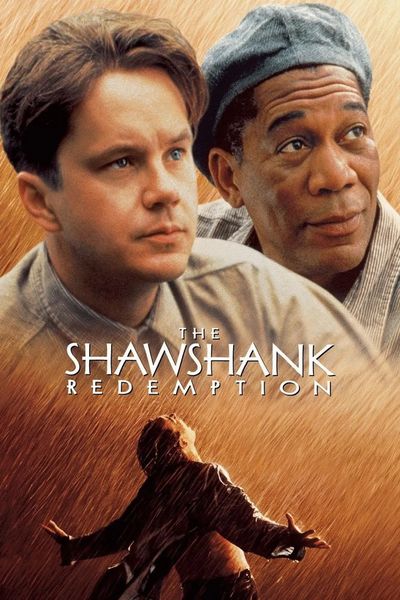The Shawshank Redemption (1994): A Tale of Hope and Resilience
The Shawshank Redemption, directed by Frank Darabont and based on Stephen King’s novella Rita Hayworth and Shawshank Redemption, is one of the most beloved films of all time. Released in 1994, this drama tells the story of Andy Dufresne (Tim Robbins), a banker wrongly convicted of murdering his wife and her lover. Sentenced to life in Shawshank State Penitentiary, Andy befriends fellow inmate Ellis “Red” Redding (Morgan Freeman), and together they navigate the harsh realities of prison life.
At its core, The Shawshank Redemption is a story about hope, perseverance, and the human spirit’s ability to triumph over adversity. Throughout the film, Andy maintains his dignity and sense of purpose despite the injustices he faces. He works to improve the prison library, helps fellow inmates with their education, and uses his financial expertise to aid the corrupt warden in illegal activities. Beneath this façade, however, Andy is patiently working on an elaborate escape plan.

The film’s most powerful theme is the transformative power of hope. Red, initially skeptical of Andy’s optimism, learns that hope is not a dangerous thing but rather a powerful force that can lead to freedom, both physically and emotionally. Andy’s famous line, “Get busy living, or get busy dying,” encapsulates the film’s philosophy. Despite the oppressive environment of Shawshank, Andy’s undying hope leads him to redemption, and his eventual escape becomes a symbol of liberation.
The Shawshank Redemption explores the bond between Andy and Red, showing how friendship can be a source of strength and support, even in the darkest of times. The film also critiques the corrupt prison system and touches on themes of institutionalization, as seen in the tragic character of Brooks, who cannot adjust to life outside prison after decades of confinement.

